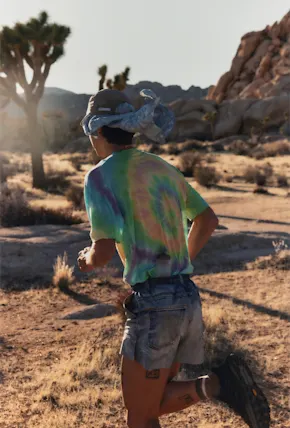In 2020, The Speed Project added a solo division, a challenge for only the grittiest runners. Twelve years in, the race continues to attract everyone from elite marathoners and ultrarunners to influencers and first-timers. There’s no website. No signup link. Participation is invite-only. If you’re in, you’ve earned it.
This year, over 500 teams and solo runners convened in LA with the goal to get to Vegas as quickly as possible. The relay teams typically run for about three days straight. Solo runners, however, can usually only run for five to seven hours each day, getting to the finish after about five days (or more). Along the way, runners face scorching heat, quicksand, wild dogs, and sleep deprivation. Some travel with RVs full of pacers, medics, and spiritual guides. Others run nearly alone. And every year, the race’s unofficial tagline echoes louder: "It’s good for the runner to suffer. Life is richer that way.”
The Speed Project isn’t a race. It’s a reckoning—a communion with pain, persistence, and possibility. There are no trophies. No cheering crowds. Just the road, your feet, and everything that lives inside of you—waiting to be set free.
Below I caught up with three TSP runners—a first-time relay race runner, solo runner, and a veteran runner who has run TSP events the last four year—to talk about their training, transformation, and what happens when you surrender to the road.
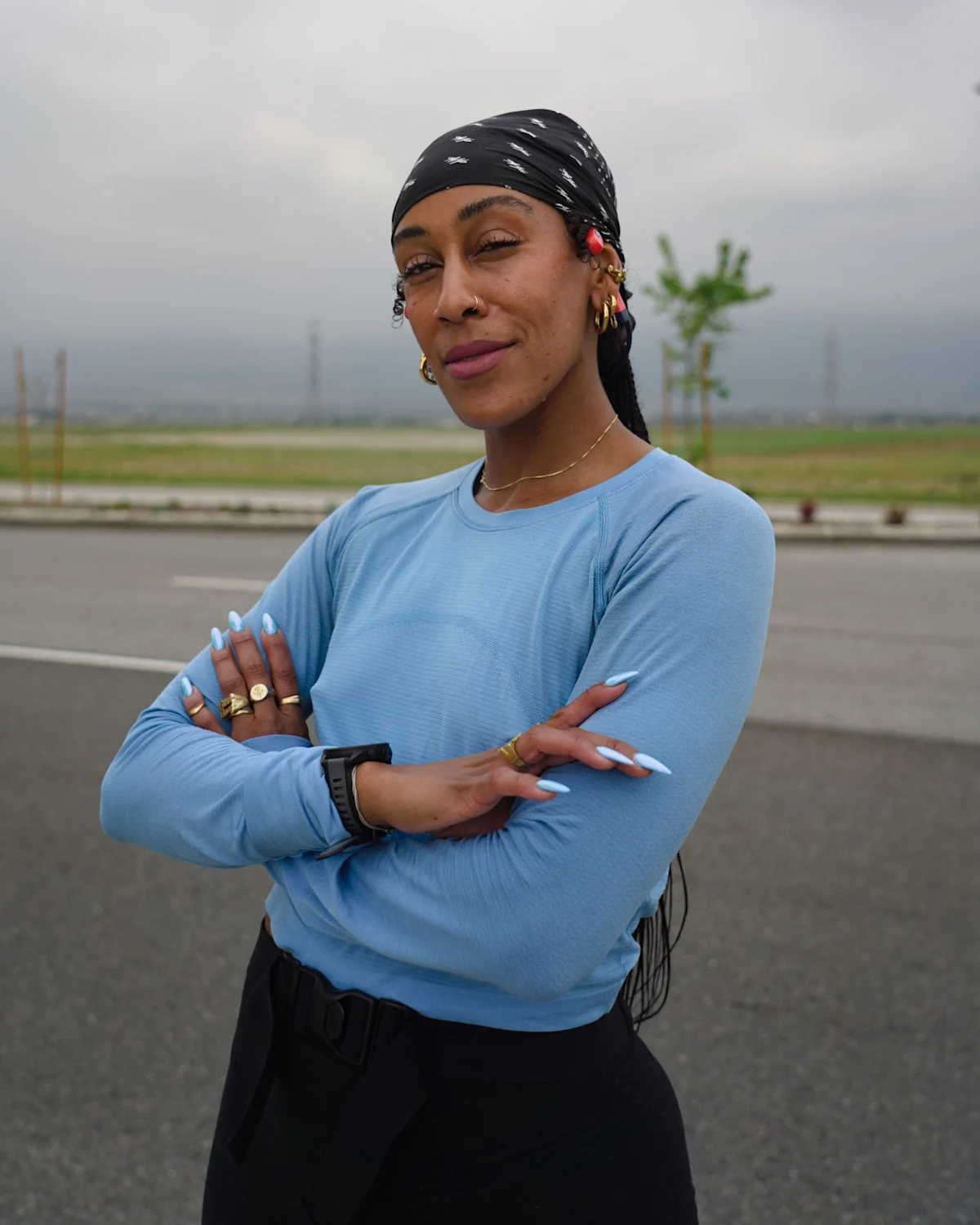
Photo courtesy Rory Miller
Rahhel Woldu: Running for the Women Who Shaped Her Journey
2025 TSP Relay finisher, with Feral Angels Team
Hometown: Seattle, WA
Rahhel Woldu is fast. In 2024, she punched her ticket to the Boston Marathon at Jack & Jill’s Downhill Marathon in North Bend, WA with a finishing time of 3:19, then ran Chicago (her first Abbott World Marathon Major) in 3:41. But Woldu says the sport is about more than collecting gold-plated medals or checking off boxes. “Running continues to be the thing that saves me,” she said. After running track in high school, she returned to racing in 2014 when she registered for a half-marathon and hasn’t stopped since. “It continues to bring me back to myself,” she said.
Two years ago, Woldu watched her friend Sasha Hanway take on TSP and complete the race with great pride. “Watching my friend train and run, I thought—this is what running is: wild, expansive, transformative,” she notes. Last fall, Hanway invited Woldu to join an 8-person co-ed relay team for this year’s edition. She immediately said, yes.
Woldu began training in November 2024 under the guidance of her coach Yon Yilma, founder and head coach of Cascade Run Club. She quickly learned that the true challenge wasn’t the sheer mileage—it was about learning to keep going when you’re tired.
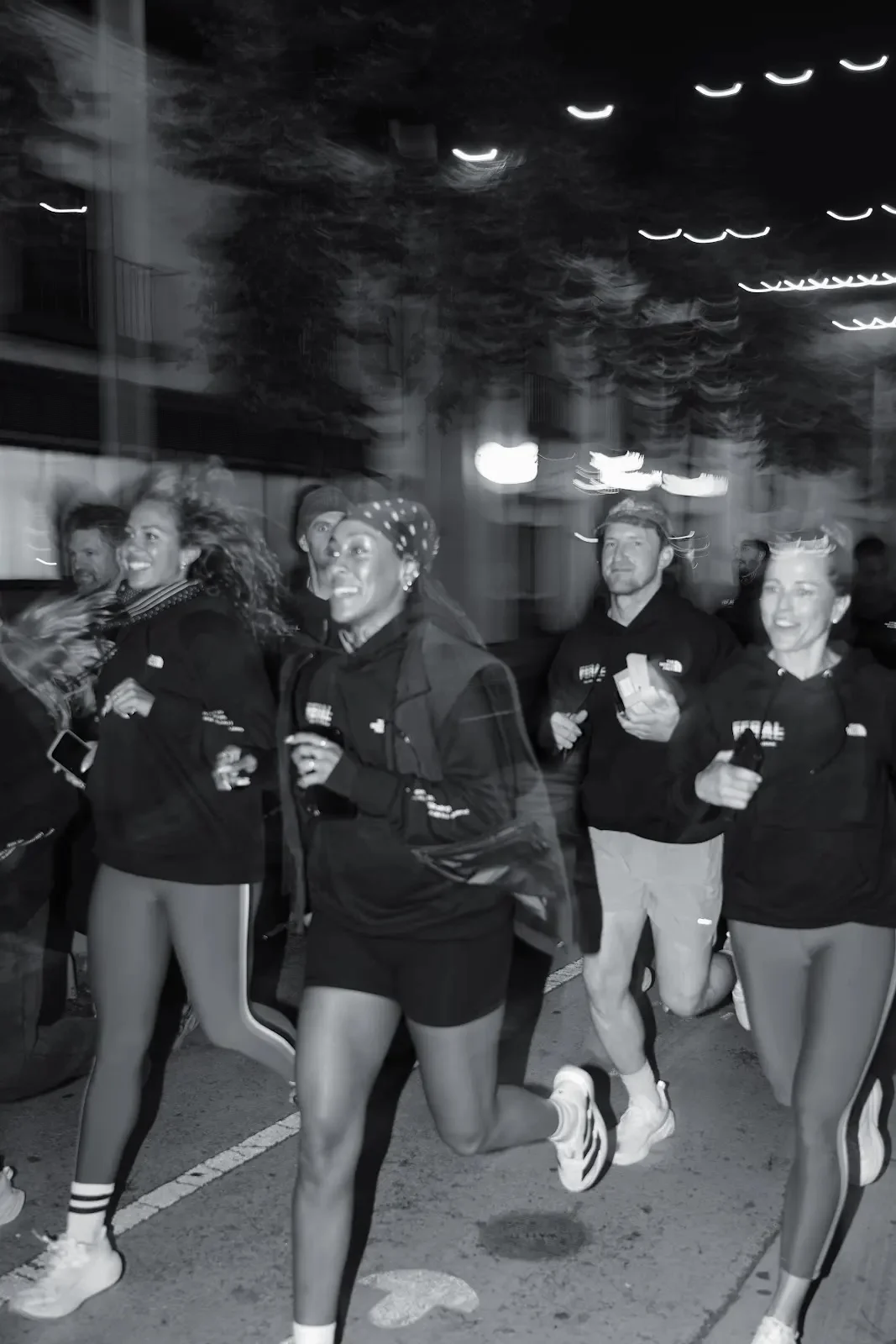
Photo courtesy Rory Miller
“With something like The Speed Project, it’s not just the mileage that wears you down—it’s the constant fatigue. You’re running on little sleep, at odd hours, in tough conditions. The key was training my body to recover fast between runs, which meant running three times a day. The first time I did it, I told my coach I was exhausted, and he said, ‘That’s the point—it’s not about pace, it’s about getting your body to shut down and restart.’ It taught me resilience—physically, mentally, and emotionally,” she says.
The team collectively covered 433 miles, in 54 hours, with the support of 5 crew members. Their method? One-mile repeats for 30 consecutive miles at a time—designed for speed and endurance. “I ran with Evan Schrock and Isa DeLeon—we each covered about 10 miles, one at a time. Evan led with a 6-minute mile, Isa followed, then me at around a 6:07 pace. We knocked out 30 miles in just over 3 hours,” she says. “The rhythm helped delay fatigue, and between legs we’d hydrate, stretch, blast music, and reset. It took trust—both in ourselves and each other—but with our crew mapping every move, we found a flow, pushing hard and cheering each other on,” she continues.
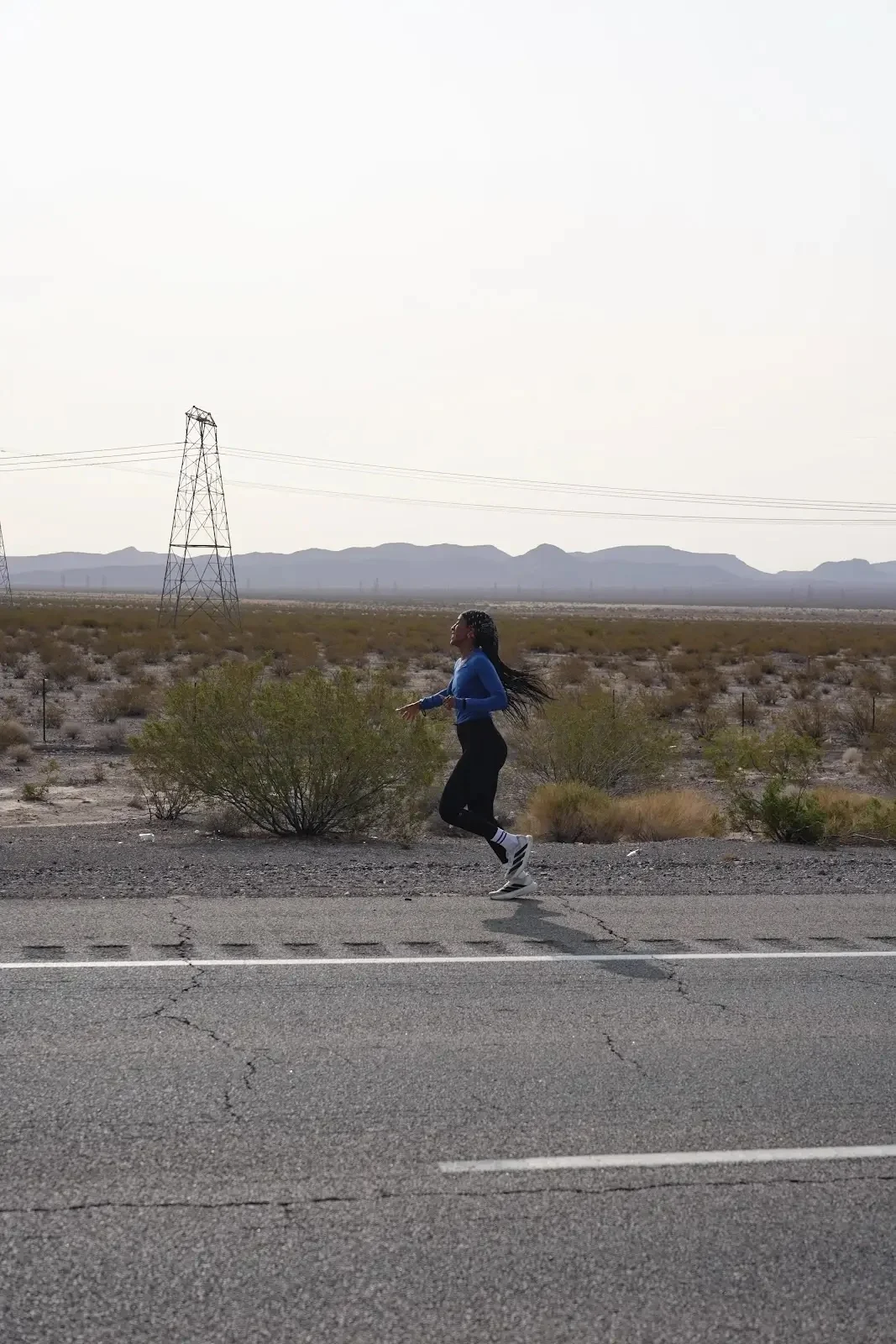
Photo courtesy Rory Miller
For Rahhel, the race took on deeper meaning. A first-generation U.S. citizen, she couldn't help but feel moved by the juxtaposition of her decision to run in the desert to with her family's recent history fleeing war in Eritrea. "I was running by choice, across states, while they ran for survival," Woldu said. "That contrast grounded me. Every step became a tribute to the women who brought me here."
She dedicated each leg of her journey to the women in her family—her great-grandmothers, grandmothers, and her mother. “It felt like it was a way for me to draw closer to the people that brought me here,” she says.
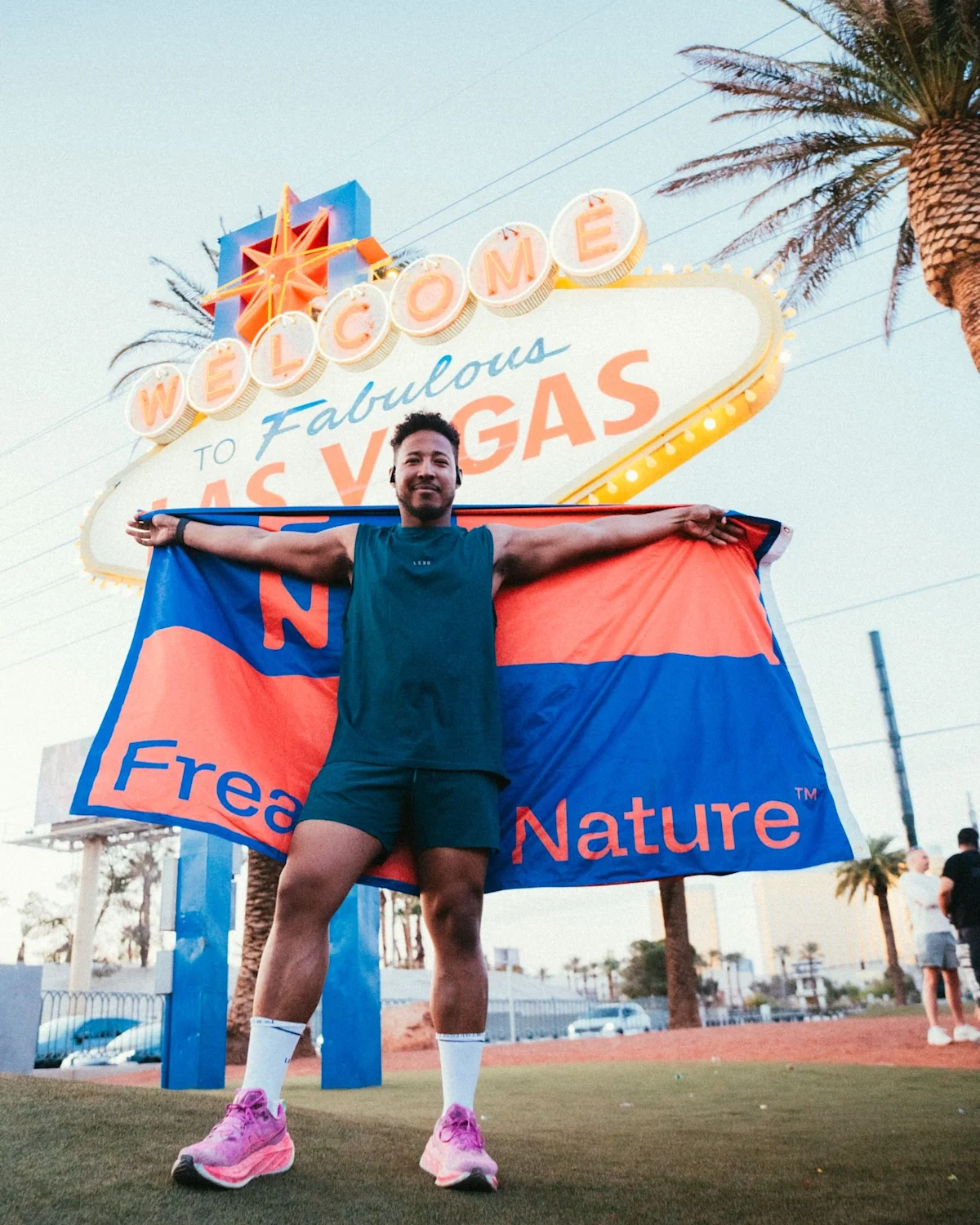
Photo courtesy Carl Maynard for Freaks of Nature
Javier Martinez: Finding Strength in the Face of Impossible Odds
2025 TSP Solo Finisher
Hometown: Washington D.C.
“Running was my first love,” Javier Martinez says. “I turned away from it for a while, but it waited for me, just like when we were kids and first started to run. It reminded me of that feeling: freedom, possibility, and the joy of just moving forward.”
He picked up running again during the pandemic like so many others, after a bad breakup put him through an emotional ringer. He was hooked on the ways running helped him to take control over his mental and physical health. Soon, he felt driven to take on bigger challenges.
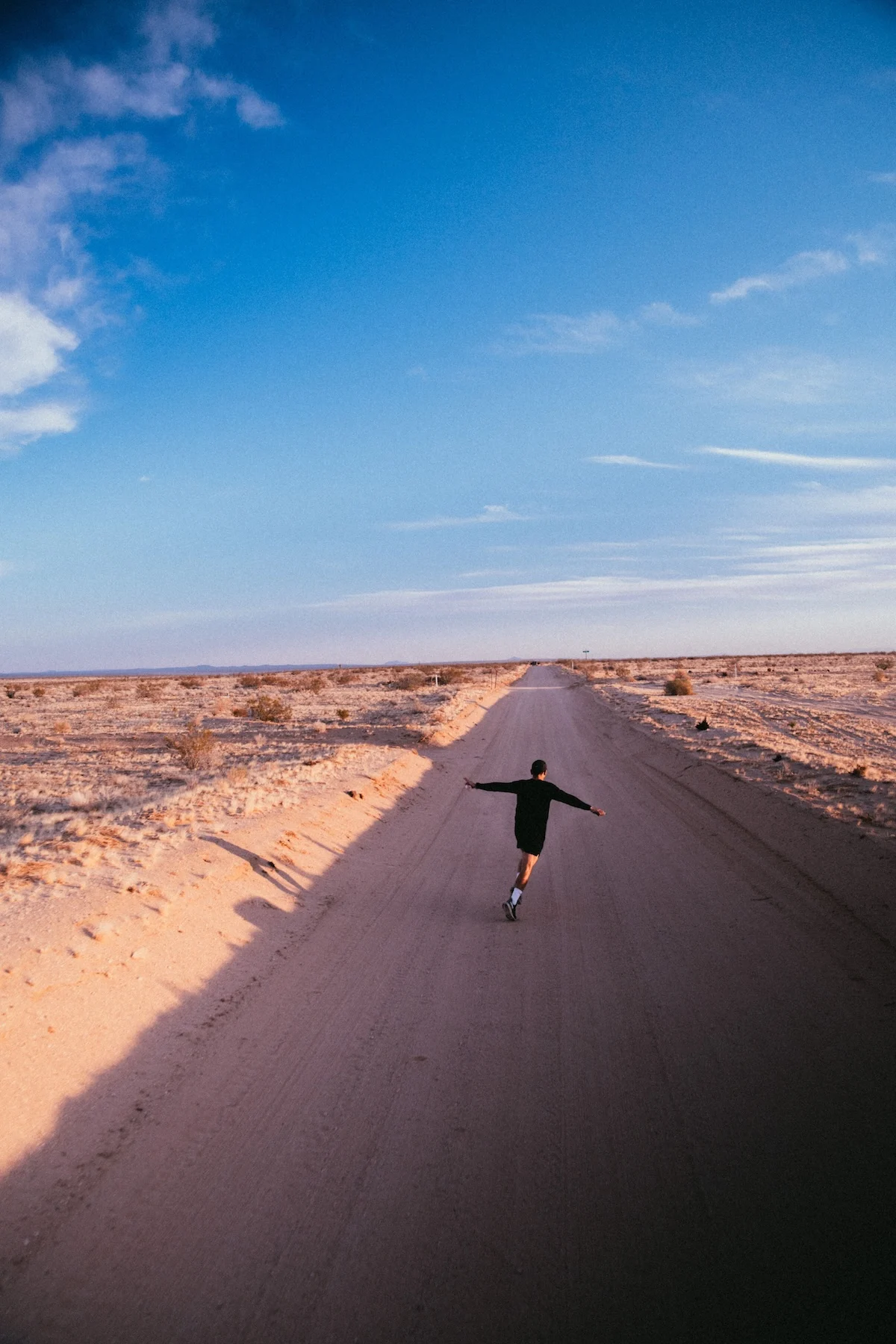
Photo courtesy Carl Maynard for Freaks of Nature
Martinez never ran a marathon before deciding to run TSP Chile in 2023 as part of a relay. It’s all the more impressive, then, that this year, Martinez ran the L.A. to Vegas route solo, with the help of sponsor Freaks of Nature. That wasn’t initially the plan. Javier was supposed to run TSP with a friend, who had convinced him they could take it on together. “I was bullied, challenged, and dragged to do it,” he jokes.
Unfortunately, that friend was sidelined by injury at the beginning of this year, halfway through a 60-mile training run. “When he got hurt … I jokingly said ‘Do I have to keep running?” Javier recalls. Though it was a challenge to stay motivated, he stayed on course and finished the remaining 30 miles of the run on his own. “It was, to that point, the hardest run I had ever done,” he said.
Over the next few months, he managed to lock in on his training and take full ownership of the mission he was about to tackle. “[Initially], I didn't even see it as ‘my goal.’ I saw it as a debt I owed to a friend. And I had to re-frame and recognize .. that it was my goal, and I needed to treat it as such and not give myself an excuse not to keep my word,” he says.
His preparation was intense—both mentally and physically. Training through D.C.’s frigid winter, he managed to do a few 30-mile runs outside, but had to do runs of up to 50 miles on a treadmil indoors. In the end, he ran nearly 1,100 miles just as training, which gave him some sense of the mental grind he would experience on course.
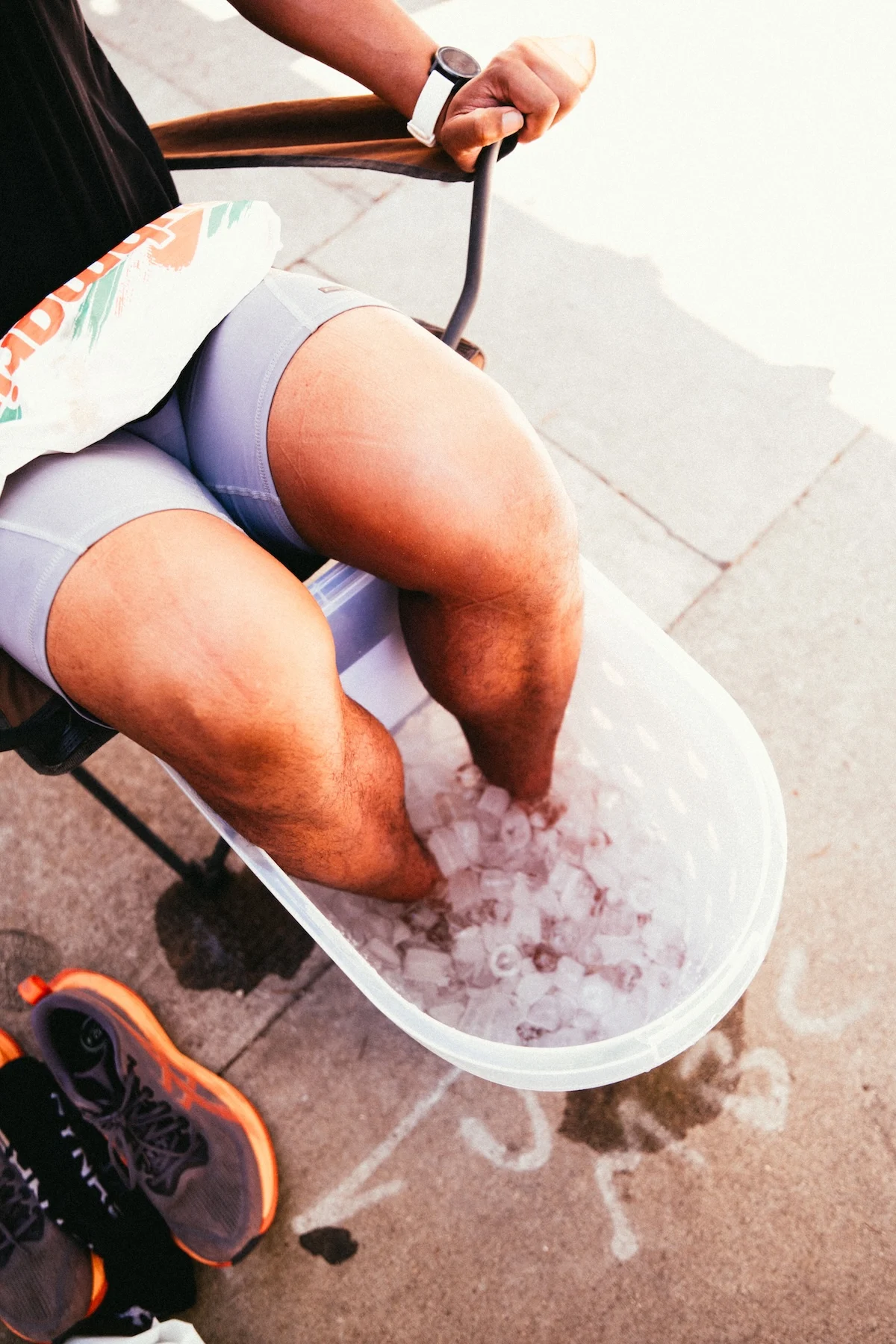
Photo courtesy Carl Maynard for Freaks of Nature
The TSP itself was a challenge unlike anything Martinez had faced. His strategy for completing the race was just as intense as his training. During the first night, he made sure to get a full 8 hours of sleep to adapt, then he took naps during the hottest part of the day.
In addition to managing rest and nutrition, he relied on a simple mantra to keep himself moving. “1's & 2's pay the dues and that bill was due twice daily,” he says. “I had to earn my rest and keep moving closer and closer to that almost mythical finish line,” he continues.
Backing his mission were two pacers and a driver. “I asked them to run ahead of me so I could have something directly in front to chase. They know who I am and who I want to be. This race was the gap. They made sure that I bridged that gap,” he says.
Despite the help, the physical toll was relentless.“By the third day, my bones hurt as I slept, so I slept less and less. The recovery tools hurt more than they helped. The Normatec sleeves felt like tourniquets,” he says.
The course itself pushed him far beyond his comfort zone. “I am not a trail guy … I couldn't focus on the scenery because I began to resent the challenge as I was taking it on … I was truly way beyond my comfort zone,” he said.
In his darkest moments, he found strength in family, dedicating the race to his mother, his first and fiercest supporter. “As a single mom, she never gave up, and in my toughest moments, I drew strength from her. One of my pacers, Andy, reminded me: 'Our moms always found a way. You need to find a way.' I ran my fastest mile to the finish,” he notes. Ultimately, he completed the race in 6 days.
Now, Martinez is giving back to the running community that shaped him. He leads weekly track workouts in Washington, D.C., has raced on three continents, and paces hundreds of runners.
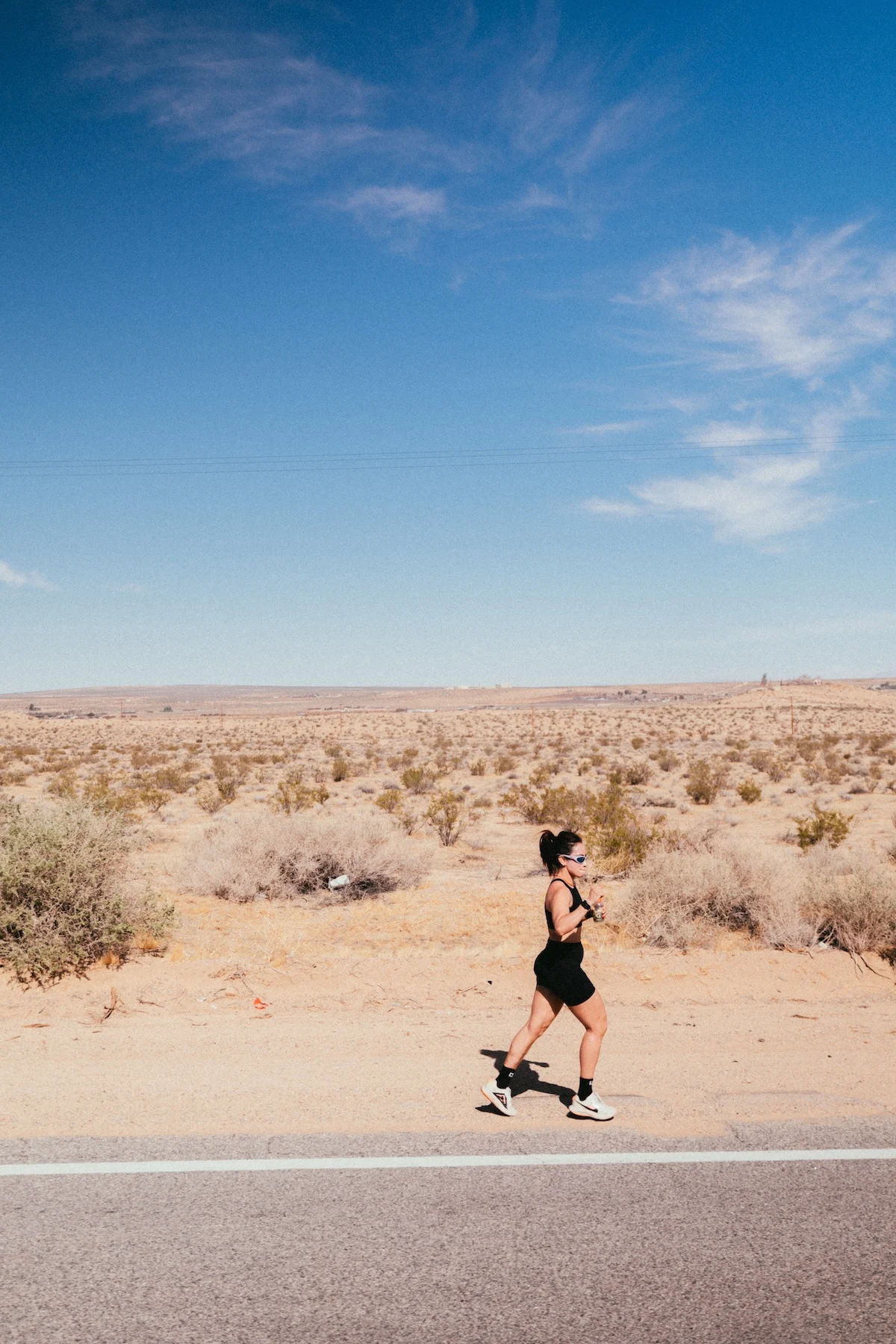
Photo courtesy Carl Maynard for Freaks of Nature
Mona Garcia: A Life Transformed Through Running and Connection
2021, 2022, 2023 TSP relay finisher
Hometown: Washington, D.C.
After years of working in the fashion and construction industries in her late 20s, Mona Garcia wanted to feel more at home in her body. She started attending Pilates classes and then joined the Nike Run Club. By 2015, she was a Nike pacer. Running became the spark for a whole new life: founding the North East Track Club, coaching boxing at Rumble, and leading strength and conditioning classes.
She was first intrigued when she heard about TSP eight years ago, captivated by the idea of a race that defied conventional structure and norms. But when Lululemon invited her to participate in 2021, Garcia was filled with uncertainty. “I said yes to the invitation, joining a team of strangers who became friends. Imposter syndrome crept in, but curiosity and drive got me there.”
She was drawn to the unstructured, rebellious spirit of the event—something raw and untamed that resonated deeply with her. “I loved the idea of a race that wasn’t about time or placement but about embracing chaos, about running through anything the world threw at you—be it sweltering heat, thunderstorms, or desolate desert paths,” she says. It was a race that attracted renegades, people ready to embrace whatever came their way, and Garcia realized she, too, was ready to shatter her own limits.
The experience, she say, was life-changing. “[I pushed] my spirit, will, and body in ways I’d never imagined. I embraced every moment, reflected, and wrote through it all. That feeling still lives in me: do it scared. Even when you think you’re done, you have more to give. It showed me the power of a good team and doing hard things together,” she said.
After completing her first TSP, Garcia returned the following year with her team from Northeast Track Club, the running club she had formerly headed. This time, the race felt even more profound—not just as a personal challenge, but as a way to bring her community together and share in the experience of pushing beyond the limits. “Bringing my team, I knew I wanted to preserve the spirit of the Speed Project and honor the journey. As captain, I led by example—supporting and empowering those around me. It’s always a privilege to take on the Speed Project, and crossing the finish line together was a huge win,” she says.

Photo courtesy Carl Maynard for Freaks of Nature
Leading her team to Vegas, she felt a deep sense of pride in their collective journey, knowing that they were all undergoing a transformation that would stay with them forever. After this, she took her TSP journey global. She has since run the unhinged race through the rugged terrain of France and the scorching desert of Atacama, Chile, each location offering its own unique challenge. “Every new race felt like a deeper dive into understanding my own limits—and each place taught me something about myself and the world I hadn’t known before,” she explains. The race had evolved from a personal test of endurance to an exploration of new places, cultures, and relationships.
“Some people finish and say, ‘I’m never doing that again.’ Me? It makes me feel alive,” she says. As a Latina runner leading in the D.C. fitness space, TSP represented something bigger.
“It was a big deal for me. Running TSP helped me see myself as part of something much bigger than just D.C.—it connected me with people all over the world,” she continues. She’s grateful for the way it shattered ceilings and expanded her world.
“Sometimes people think small—about running, about life. But when you get out there, when you go beyond the map... it opens everything.”
For more unsanctioned race inspo, check out New York's Southbound 400 relay.
Or, if you're looking for a slightly lower stakes running event? Try Trailish, a new trail running series from Outlandish in Brooklyn.















